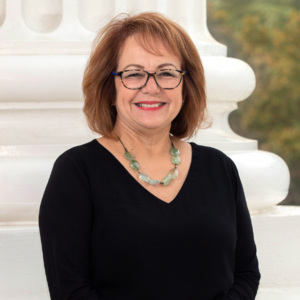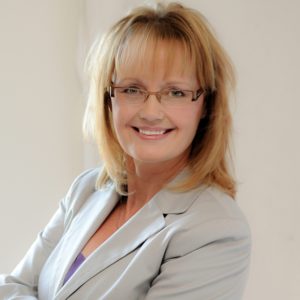Memory care drives long-term care development
Since last January, when the first wave of baby boomers turned 65, senior living and long-term care developers have been inundated with tantalizing reports predicting an unprecedented demand for healthcare and living options for the 10,000 people a day joining the senior ranks for the next 20 years. This includes a forecasted demand for memory care services, as the number of people afflicted with Alzheimer’s disease and other dementias escalates.
So it only makes sense that seasoned LTC developers—and a growing number of opportunists from outside the industry—would be eager to learn the latest business models, demographic and behavioral considerations for managing dementia, as well as explore opportunities to expand or add memory care to their communities.
Last Sunday, executives gathered at an ASHA (American Seniors Housing Association) pre-conference executive workshop on the business and future of memory care, presented by The Erickson School, in conjunction with Long-Term Living. The panel of presenters included Dr. Peter Rabins, author of "The 36-hour Day" and a dementia expert from Johns Hopkins; Loren Shook, president, CEO and Chairman of the Board, Silverado Senior Living; Dr. Margaret Calkins, an expert in the field of environments for aging; and Robert Kramer, founder and president of the National Investment Center for the Seniors Housing and Care Industry (NIC).
| From left to right: Calkins, Shook, Kramer, Rabins and Kevin Heffner of the Erickson School. |
The statistics are sobering: Two-thirds to three-quarters of residents in long-term care will have some form of dementia, reported Rabins. “Improved quality of life is the reachable goal of care at all stages of dementia,” said Rabins. “People with dementia will live longer and longer; facilities and programs must be designed knowing their needs will change.”
A major challenge for the industry is integrating those with dementia with the cognitively healthy. Or, should they be segregated? Or perhaps consider a hybrid approach? Speakers and attendees considered the pros and cons of each option as they also debated the benefits and feasibility of the small-home model for care. Calkins is a proponent of the smaller scale household model. “You can’t successfully care for 60 people,” she argued, although she later conceded there is “no one right way to do anything; some do better in a smaller space while others do well in a larger group.”
“Aging in place is the mantra of the industry,” said Shook, who described the Silverado model of enhanced memory care in settings that support greater than 60 residents. “But what kind of medical/chronic support do you have? We have a medical director and 24/7 licensed nurses and masters-level social workers. We hold people [staff] accountable and yes, we’re a SNF but we’re a home, too. Quality of care is assumed; quality of life is essential.”
| An audience of LTC professionals listens to the conference panel. |
What all four speakers agreed on is memory care is a needs-driven business, less susceptible to the ups and downs of the economy. NIC’s Bob Kramer shared the numbers that support that assertion. “Memory care units have grown 23 percent since 2006—twice the growth rate of the rest of senior housing,” said Kramer. However, he cautioned, “The message is not ‘build it and they will come,’" referring to lessons learned from overbuilding and declining occupancy rates in assisted living in the late ’90s and entrance fee CCRCs in the first decade of this century.
Freestanding, dedicated memory care facilities have consistently commanded higher rents than other senior housing sectors, reported Kramer, with roughly a $500 per month premium. “The market perceives freestanding memory care as ‘you’re a specialist in memory care.’”
While the explosive growth in demand and need for memory care will drive development, it’s ultimately about “being able to provide a quality of life,” said Kramer. “There’s a danger of those who don’t know what’s involved in providing quality of care and quality of life. A real concern of mine is that while [memory care] is a terrific opportunity that the wrong people will get in with the wrong product for the wrong reason without the experience. A few bad operators can give the industry a bad name.”
I Advance Senior Care is the industry-leading source for practical, in-depth, business-building, and resident care information for owners, executives, administrators, and directors of nursing at assisted living communities, skilled nursing facilities, post-acute facilities, and continuing care retirement communities. The I Advance Senior Care editorial team and industry experts provide market analysis, strategic direction, policy commentary, clinical best-practices, business management, and technology breakthroughs.
I Advance Senior Care is part of the Institute for the Advancement of Senior Care and published by Plain-English Health Care.
Related Articles
Topics: Finance











